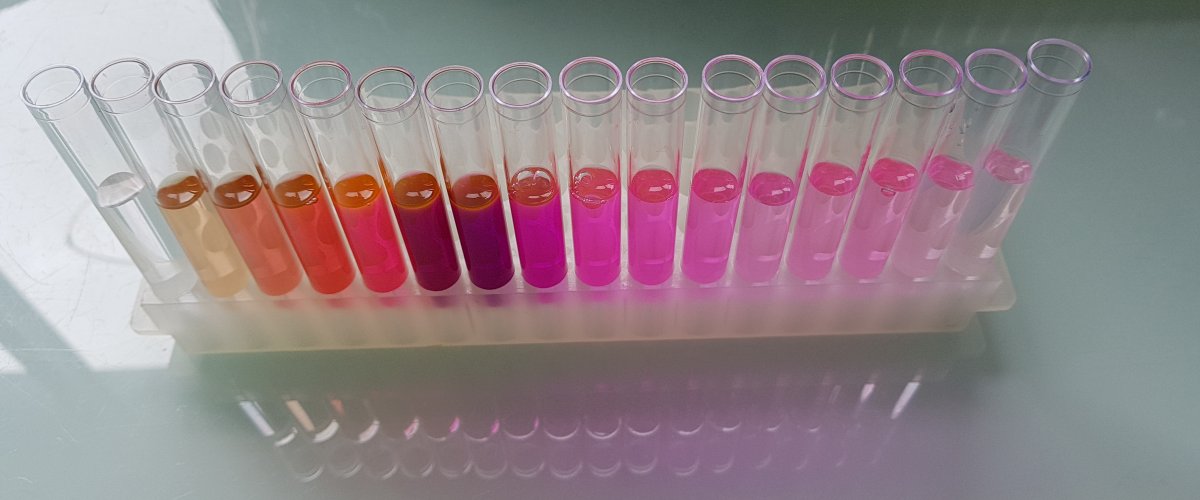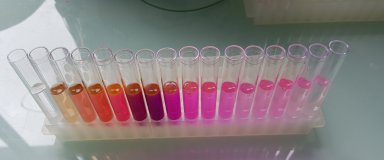


New Publication in PNAS / Photosynthesis evolution in the oceans : Synechococcus as a case study
Link(s)
A research group from the Biological Station of Roscoff has unveiled important evolutionary mechanisms that have allowed the most widely distributed cyanobacterium on Earth, Synechococcus, to colonize the oceans from the equator to the polar circles. The study shows that tropical Synechococcus are very cold sensitive but that, at high temperature, they can grow very rapidly by increasing considerably their photosynthetic activity. Subpolar Synechococcus grow more slowly but are able to cope with temperature lower than 8°C. The Roscoff researchers have shown that, to do so, they use a photoprotective protein called OCP which allows them to finely regulate photosynthesis at low temperature. The study demonstrates that temperature has been a major driver of the evolution of this photosynthetic protein in the oceans, suggesting that photosynthesis regulation can be a bottleneck for adapting to global warming.
Christophe Six, Associate professor, Sorbonne University
Group "Ecology of Marine Plankton" (ECOMAP)
Station Biologique de Roscoff
Website : https://www.sb-roscoff.fr/en/six-christophe/386
Links
[1] https://www.pnas.org/content/118/38/e2111300118#ack-1
[2] https://www.sb-roscoff.fr/sites/www.sb-roscoff.fr/files/styles/original_image/public/images/station-biologique-roscoff-chromato-17835.jpg?itok=a8rC9NSU
[3] https://www.sb-roscoff.fr/fr/six-christophe/386
